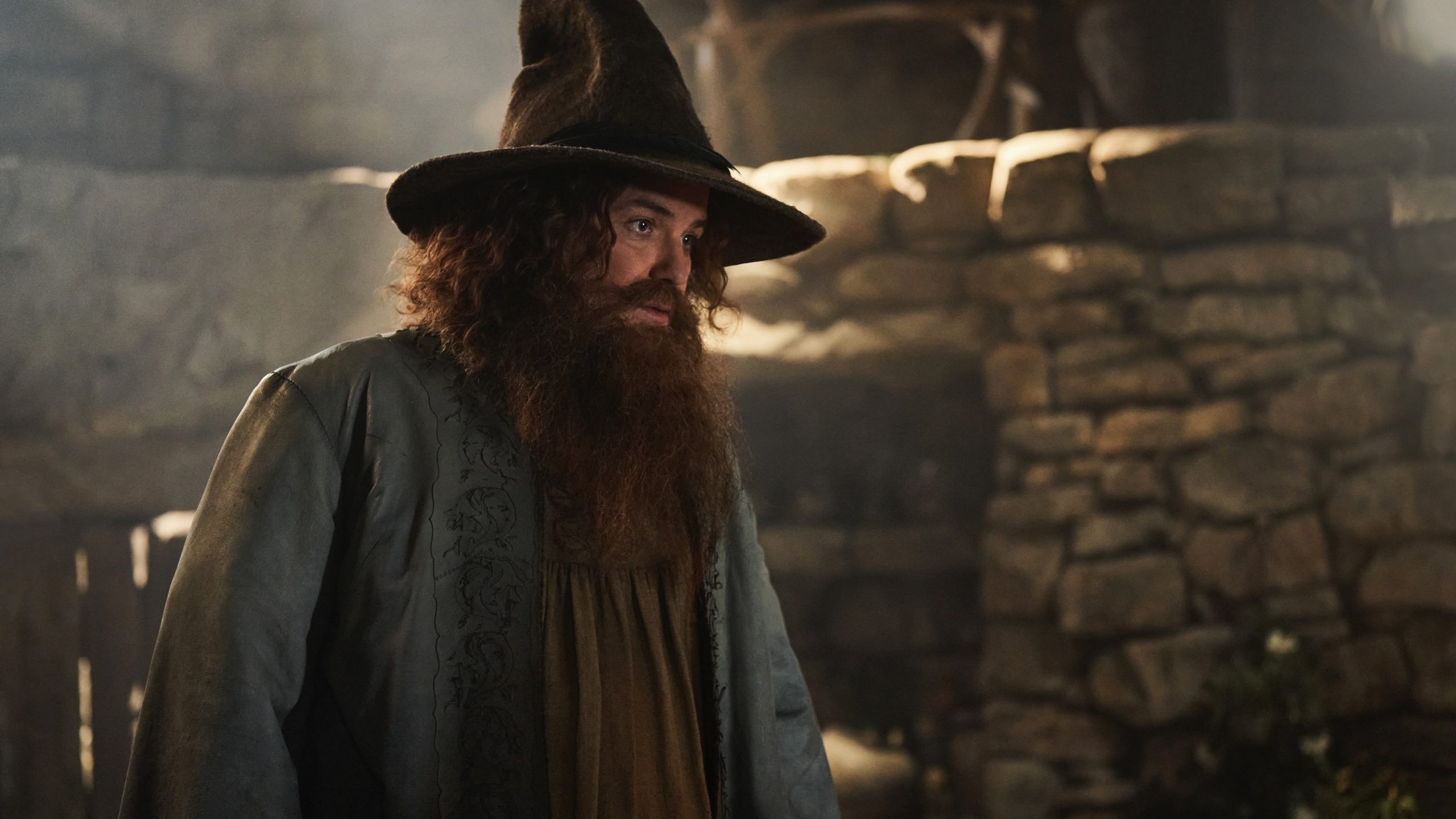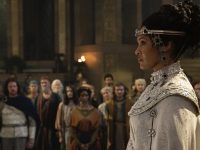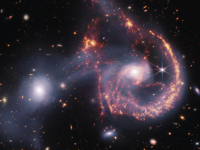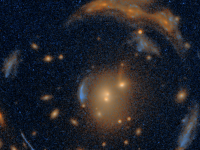
It’s official: Tom Bombadil has finally made it to an onscreen adaptation of The Lord of the Rings. And it only took, what, 70 years?
Season 2, episode 4 of The Lord of the Rings: The Rings of Power introduces the somewhat polarizing character of Tom (Rory Kinnear), a merry, ancient being who, in J.R.R. Tolkien’s The Fellowship of the Ring, hosts Frodo, Sam, Merry, and Pippin on the early stages of their quest to destroy the One Ring. Opinions on Tom range from “what a lovely, helpful man” to “why is this guy even in the story again?” The latter may explain why both Peter Jackson and Ralph Bakshi cut Tom from their film adaptations entirely. But will Tom Bombadil have a larger impact on the narrative of The Rings of Power? Based on his introduction, it certainly seems like it.
‘The Lord of the Rings: The Rings of Power’ Season 2 drops a major Shire lore bomb in episode 4
Like the character we meet in the novel, The Rings of Power‘s Tom Bombadil is a merry fellow who’s prone to singing, helping people in need, and telling stories. Of course, this version of Tom is also a tad different from Fellowship of the Ring‘s, just by virtue to the series taking place in the Second Age of Middle-earth as opposed to the Third Age. The show’s Tom lives out in Rhûn, instead of on the edge of the Old Forest near the Shire. He also doesn’t appear to live with his wife Goldberry — although we do hear a smidge of her voice (courtesy of Raya Yarbrough) in his house. Finally, and most importantly, he doesn’t take in any Hobbits. Instead, he hosts the Stranger (Daniel Weyman), providing him with a preview of the hospitality Frodo and his friends will experience thousands of years in the future.
In some cases, though, it’s less of a “preview” and more of a carbon copy. That’s because many aspects of the Stranger’s initial encounter with Tom Bombadil are lifted directly from The Fellowship of the Ring itself.
Take the moment right after the two meet, when the Stranger’s map of Rhûn flies off onto a tree branch. When the Stranger tries to take said branch to make a staff, the indignant tree swallows him whole — exactly how Old Man Willow traps Merry and Pippin in his trunk in “The Old Forest” chapter of The Fellowship of the Ring. And, just like in Fellowship, who should come along to save him but Old Tom?
Both the novel and the show’s Tom tame the offending tree by repeating the same phrases, word for word: “You should not be waking. Eat earth! Dig deep! Go to sleep!” In both cases, it works like a charm. (Later, we learn that the tree that swallowed the Stranger is named “Old Man Ironrod.” A cousin of Old Man Willow, perhaps?)

Credit: Ben Rothstein / Prime Video
This isn’t the first time The Rings of Power has directly quoted a prior version of The Lord of the Rings. Heck, a direct quote from Jackson’s The Fellowship of the Ring all but confirmed the Stranger was Gandalf in the Season 1 finale. But Tom’s exact wording here doesn’t feel like a mere callback, or a fan theory-confirming quote. Instead, it establishes a connection between the Tom of the Second Age and the Tom of the Third Age, showing that he has been speaking to and calming trees for millennia. There’s a sense of routine here, one only possible thanks to a deep-seeded knowledge of Middle-earth.
As The Rings of Power‘s Tom tells the Stranger, that knowledge comes from the fact that he is “Eldest” of all things in Middle-earth. “Tom was here before the river and the trees; Tom remembers the first raindrop and the first acorn,” he tells the Stranger. “He knew the dark under the stars when it was fearless.”
And wouldn’t you know it, these lines also come right from The Fellowship of the Ring! There are a few other lines in Tom’s speech in the book, which raises the question: Does Tom have an introductory speech he’s rehearsed over the centuries, just so he can perform it to the people passing through his bed and breakfast?
In all seriousness, these direct quotations appearing in various takes on Lord of the Rings add an interesting depth to Tom Bombadil as a historical figure. His repetition of various lines and actions across time — such as saving both Merry and Pippin and the Stranger from various trees — creates a kind of cyclicality, one that rhymes with the rise of Sauron (Charlies Vickers) in both the Second and Third Age. Both times we’ve seen Tom, he’s helping people who may just save Middle-earth from the spreading darkness, making him the guiding figure for heroes in multiple Ages. That the Stranger is most likely Gandalf makes the connection even more powerful, as the Hobbit-loving wizard is unknowingly going through the same experience that his friends will down the line.
Notably, Tom is also a greater lover of stories and storytelling. So while he might not always participate directly in the grand narrative of Middle-earth — seeming more at ease observing the rise of darkness than stopping it outright — he’s still nudging people in the right direction, and likely recognizing the same types of stories as they reappear across time.
But the love for Tom Bombadil in this episode doesn’t just stop with his appearance. Instead, we also get the first onscreen adaptation of Middle-earth’s nightmarish Barrow-wights, who face off with Galadriel (Morfydd Clark) and Elrond’s (Robert Aramayo) Elven company. Tom’s not actually in this scene, so what’s the connection here?
Well, in The Fellowship of the Ring, Frodo and his companions are captured by Barrow-wights not long after leaving Tom’s house. Frodo calls upon Tom to save them, and he does — with the power of song! Sure, Galadriel and her crew don’t do any singing in their fight against the Barrow-wights, but the fact that we get their introduction in the same episode as Tom Bombadil’s is no coincidence.
Like Tom and Old Man Willow, the Barrow-wights were omitted from Jackson and Bakshi’s adaptations of The Lord of the Rings. Putting them and Tom (and the Old Man Ironrod scene) in the same episode creates a conversation between the characters, reminding us of their roles in The Fellowship of the Ring, and the fact that they were cut from subsequent film adaptations. Now, these elements of Middle-earth finally get their day in the sun in a Tolkien adaptation. Thanks to their inclusion, The Rings of Power Season 2, episode 4 becomes a nonstop love letter to The Fellowship of the Ring — and a portion of Tolkien’s work that has never really been seen onscreen until now.

















0 Comments